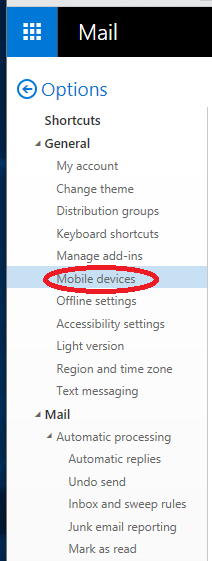The Problem
In the latest updates and versions of Microsoft Office 2016, I found a bug where when a user adds a new on-premise Microsoft Exchange 2016 account, it will repeatedly prompt for a username and password and ultimately fail if you hit cancel (no matter how many times you enter credentials). This was on the internal LAN on a domain joined workstation.
I did the usual checks:
- Check Virtualdirectory configuration on Exchange
- Check Virtualdirectory configuration on IIS (Internet Information Services)
- Check Autodiscover DNS entries, InternalURL and ExternalURL configuration
- Check for SCP inside of domain
All the of the above came back fine and were configured properly.
I have numerous other Outlook 2016 clients configured and working (installed as older versions, but have been updated), so I used those to troubleshoot (same scenario, domain joined on internal LAN and external WAN). After spending 10 hours ripping apart everything, confirming configuration, I noticed that when using the “Test Email Autoconfiguration…” (holding CTRL while right clicking on Outlook tray icon), that the e-mail clients had a skewed order for checking autodiscovery.
The e-mail clients were actually trying to authenticate with Office365 before my own on-premise Exchange Server (domain SCP or autodiscover records). This is absolutely bizarre! After spending 2 hours googling (I couldn’t find anything), I finally stumbled across this document and found an interesting piece of information:
https://support.microsoft.com/en-ca/help/3211279/outlook-2016-implementation-of-autodiscover
“Outlook uses a set of heuristics to determine whether the user account provided comes from Office 365. If Outlook determines confidently that you are an O365 user, a try is made to retrieve the Autodiscover payload from the known O365 endpoints (typically https://autodiscover-s.outlook.com/autodiscover/autodiscover.xml or https://autodiscover-s.partner.outlook.cn/autodiscover/autodiscover.xml). If this step does not retrieve a payload, Outlook moves to step 5.”
WTF?!?!?
So while this doesn’t explain why this happened, it explains what’s happening. I believe this is what’s happening as my working clients are trying to Autodisocver with Office365 first…
I went ahead an created a registry value to control the policy for “ExcludeExplicitO365Endpoint“. After configuring the registry key, I noticed that Autodiscover was now functioning properly and checking SCP and autodiscover DNS records first. I have no idea why the “heuristics” determined I was an Office365 user, but I’m not (I do have access to Office365 as a partner, but don’t use it and don’t have it configured). This may effect other partners, or users that utilize some O365 services…
The Fix
To fix this issue, create a text file and copy/paste this text below.
Windows Registry Editor Version 5.00 [HKEY_CURRENT_USER\Software\Microsoft\Office\16.0\Outlook\AutoDiscover] "ExcludeExplicitO365Endpoint"=dword:00000001
Then save it, and rename it as ExcludeExplicitO365Endpoint.reg and run it (this will import the applicable registry key). ONLY DO THIS if you are using an Exchange On-Premise account, and not a Office365 or hosted exchange account.
Keep in mind that autodiscover also queries the domain root (domain.com), before querying the autodiscover host (autodiscover.domain.com). If you want to stop both the Office365 autodiscover and the root domain autodiscover challenge, use the following below:
Windows Registry Editor Version 5.00 [HKEY_CURRENT_USER\Software\Microsoft\Office\16.0\Outlook\AutoDiscover] "ExcludeExplicitO365Endpoint"=dword:00000001 "ExcludeHttpsRootDomain"=dword:00000001
You’ll notice that we also set “ExcludeHttpsRootDomain” to “1” which stops it from checking the root domain.
After this, the issue was completely fixed. If you know what you’re doing, you can also use Outlook GPO settings and deploy this to a vast number of systems using Group Policy.
Additional Note (added November 2nd, 2018)
While reading numerous documents covering autodiscovery, I also came across an article that went in to detail with particulars as to how Mapi over HTTP functions. Even with the above, when accessing Outlook externall from the domain, you may still notice a single password prompt for the first time you log in externally.
After reading through documentation, I found that this is most likely because the first user account login (the very first time the user logged in on the computer), the username format of “DOMAIN\Username” was used, and not the UPN. The documentation mentioned that this may fail the negotiation, which will require a single password prompt on autodiscovery. This issue can be avoided by using the users UPN ([email protected]) to log in for the first time on the system.
Please note that the UPN must match the user’s e-mail address.







